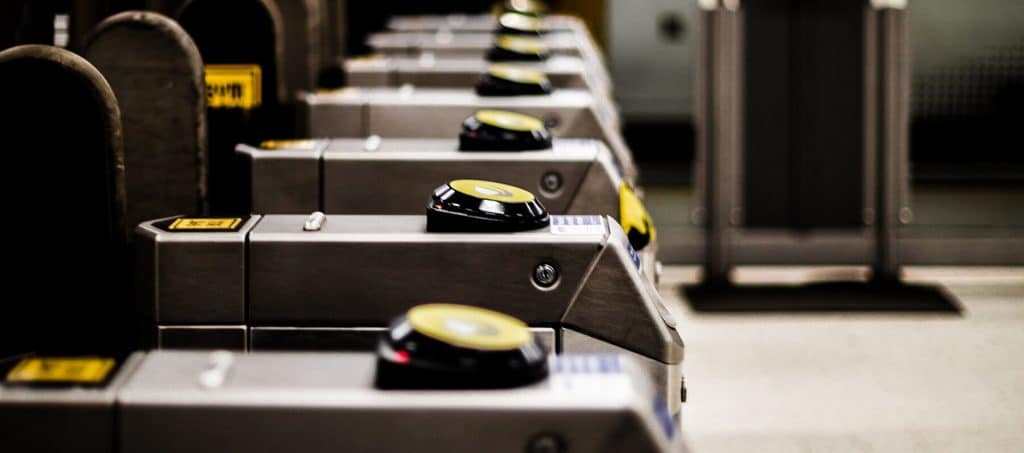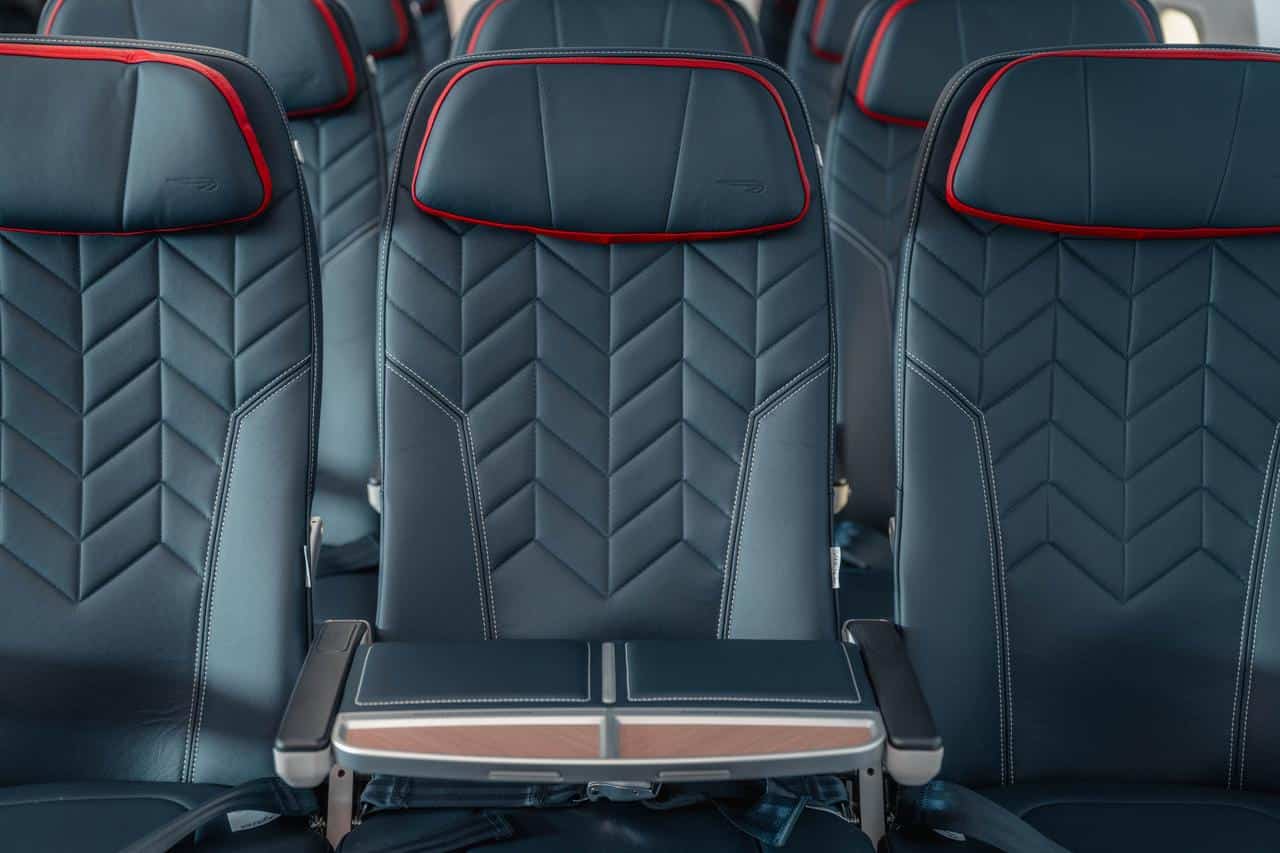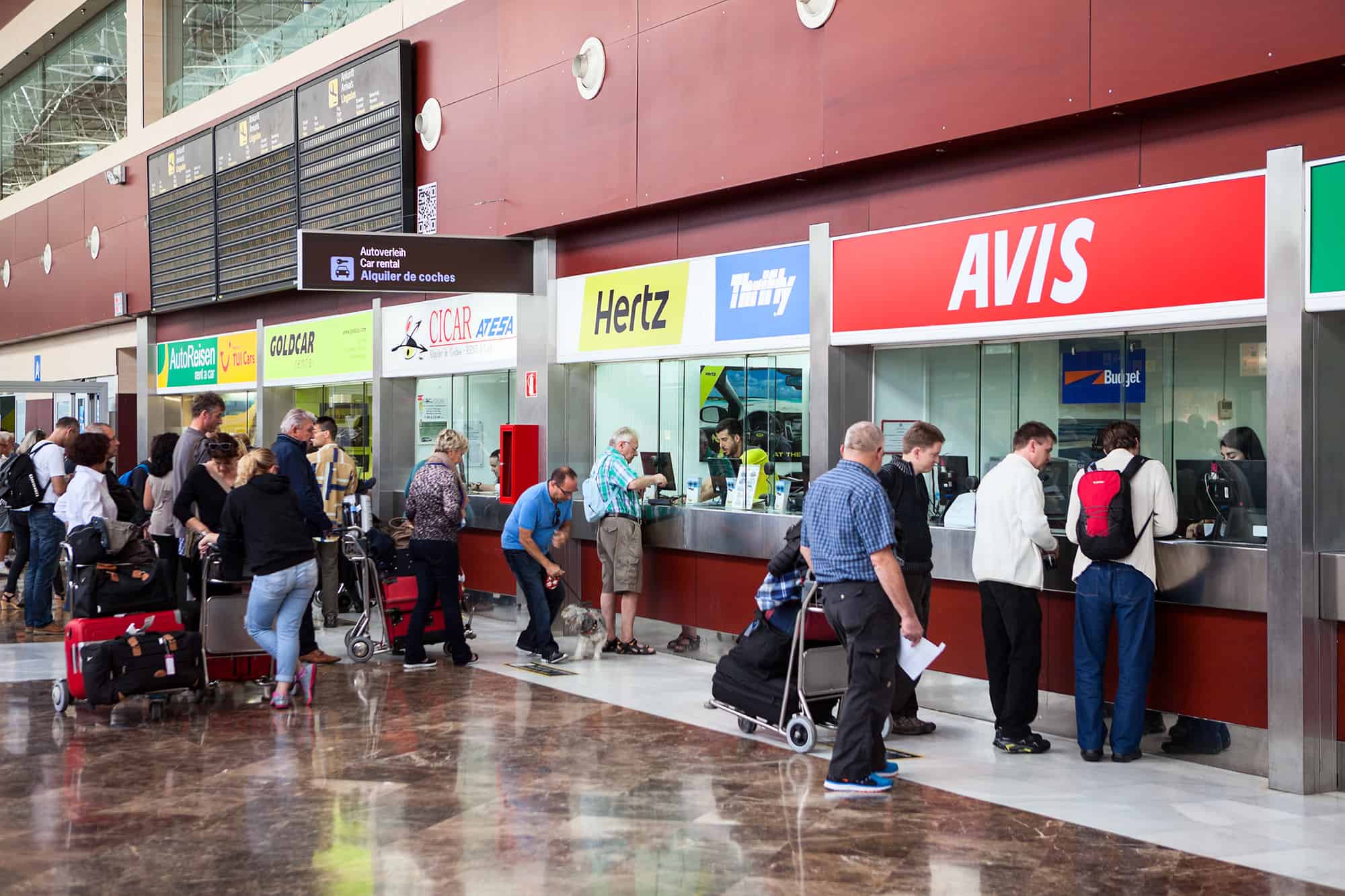The goal here is a trip with minimum social and physical contact. All of these suggestions will actually improve the quality of your commuting experience.
1. Buy Online
Leverage technology to buy your tickets online, before even leaving home. This will mean you don’t have to stand in a queue for a ticket, touch any cash, tickets or even receipts – never mind the customer counter.
Buy the right package and you might even save money on your regular journeys. Buying tickets online through Meon Valley Travel’s online booking tool or APP and selecting ‘e-ticket’ will not only save money but also adhere to your company travel policy. It also means you won’t have to pay for it with your own card and avoid the faff of claiming back from your company via expenses too.

2. Leave Early
When we keep our physical distance, we take up a lot more room than normal, and this can slow things down sometimes. Leaving early will give you the time you need to make safe choices. If an area is getting congested, you can choose to avoid it, wait for it to clear up a bit, and then move through.
Walking to the station, rather than taking a bus, will also take a bit more time, but have the added benefit of helping to keep you healthy and emotionally positive.
3. Touchless Turnstiles
With your e-ticket on your phone, you can pass through to the platform without having to touch any of the surfaces where an infected person might have left some virus waiting for a new host.
This is not only safer, but it’s also faster too.

4. Claim Your Space
Don’t let awkwardness put you in danger. If people are getting too close, move. If they persist, kindly explain that you are trying to maintain social distancing as part of the effort to slow the Covid-19 spread.
If you are able, stand rather than sit. That will limit physical contact to the soles of your footwear, and one (gloved) hand. If you do sit, use the edge of the seat and avoid leaning right back, or against the side panels of the train.
5. Automatic Doors
Many regular commuters might not even know this, but the doors on most trains are opened by the conductor. Yes, one can press the button to have it open a bit sooner, but in most cases, this is not necessary and a moment’s patience will allow you to step on – or off of – the train without lifting a finger to hit that high-traffic, and therefore high-risk button.
6. Use the Far End
Many people arrive just in time for their trains and board the cars that stop right outside of the ticket counters. Many also move to the front of the train to enable us to be farther ahead in the queue once arriving at a terminus. This means more crowded coaches and a higher risk of sharing a car with an infected individual.
Instead, arrive a bit early and stroll to the back end of the train. Choose a coach with fewer people in it, and an area of it that is not being used.
7. Take Your Time, Be Courteous
“Relax. Take your time. Let others go first.”
Paul Thompson – Meon Valley Travel
This simple attitude, done with a smile, will not only help you maintain physical distance, it will do so with a little shot of positive social interaction. During these ‘challenging times’ – a phrase we hear all too often these days – it’s a good thing to add a little positivity to someone’s day.
Stay safe, as we head toward a relaxation of travel restrictions, and enjoy the journey.
Did you see part one of this two-part series, ‘What are train companies doing for you?‘






